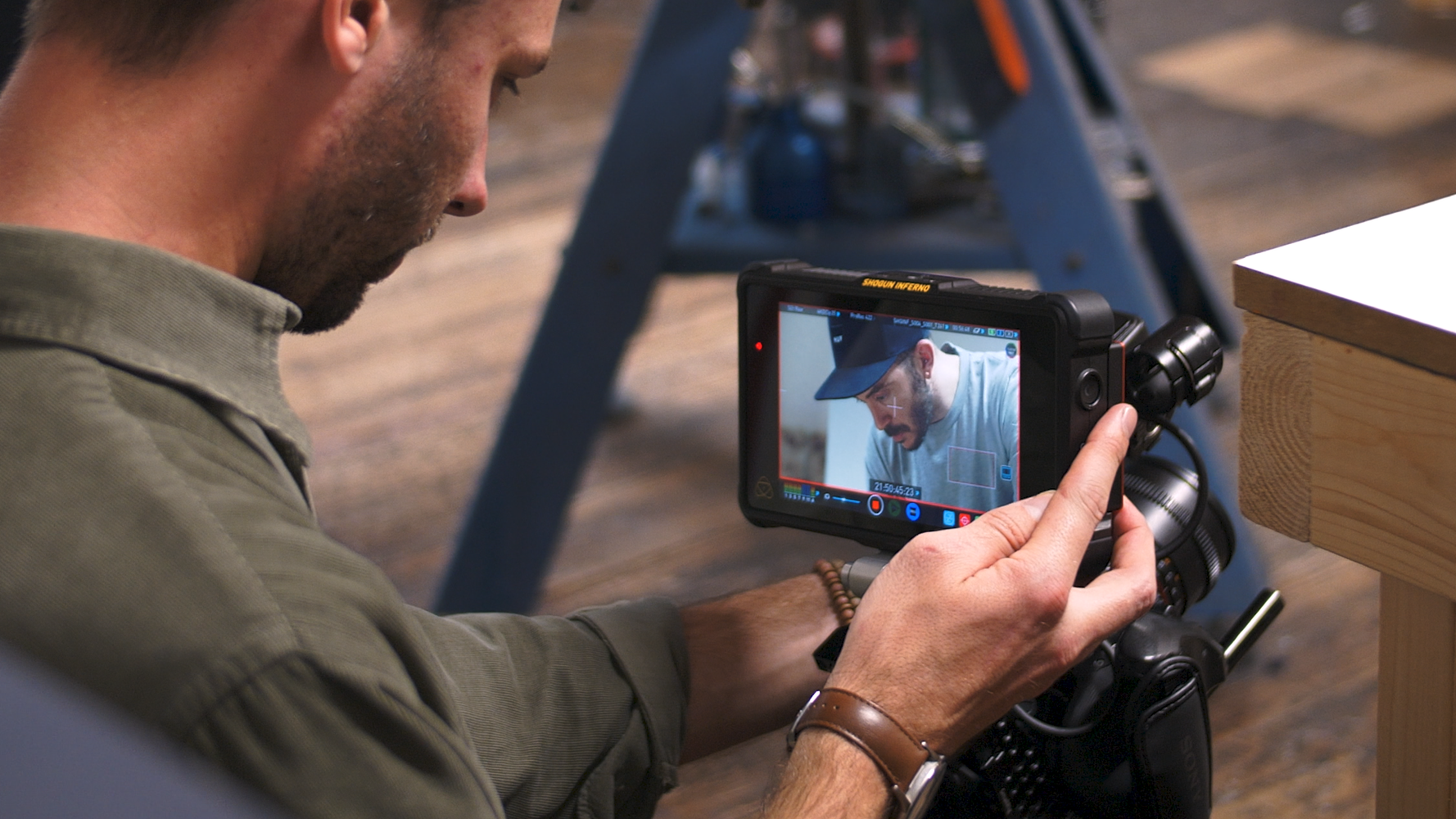Whether you are starting out as an editor yourself, or you’re working with a video editor and have no idea what they’re saying, we’ve put together a guide to some of the most common video editing terminology to help you out.
Aspect ratio
A video’s aspect ratio refers to the height and width of the image on screen. Some common aspect ratios are 4:3, which is the traditional standard for televisions and computer monitors, 16:9, which is the standard ratio for HD video as well as UK and US digital broadcasts, and 2.35:1, sometimes referred to as cinemascope, a standard aspect ratio for widescreen cinema.
B-Roll
The B-roll or B-reel refers to the supplementary footage you may intercut with the main shot or action. The B-roll could be cutaways to shots of scenery, related action, or footage that provides support in any other way or contextualises the main shot. B-Roll is especially important when it comes to making smooth scene transitions.
Colour Temperature
Colour temperature is a video editing term that refers to the visible light in a shot and is measured in Kelvins. Cooler temperatures have blueish tints, and warmer temperatures will have red or orange tints. You can adjust the colour temperature by setting the white balance, which we will come to later.
Frame Rate
Another common piece of video editing terminology is frame rate. Frame rate refers to the frequency at which single images (or frames) are displayed or captured by the camera. A specific frame rate is often referred to as FPS (frames per second). The smoothness of the motion of the image is determined by the frame rate.
Compression
Compression is a piece of video editing terminology that is important to understand in today’s digital world. Compressing a video file reduces the amount of data in it, making it quicker and easier to upload and download your video. Most video sharing platforms have a maximum file size, so compression is sometimes necessary just to get your video out there.
Foley
Foley is the process of recreating ambient sounds in post-production that were not captured adequately (or at all) during the shoot. Sound effects such as the slamming of doors and the crunching of leaves underfoot are hard to capture during a scene, especially if there is also dialogue, so these sounds are recreated in a studio and then added into the edit.
Jump Cut
A jump cut is an abrupt edit between two shots that cuts out sequential images in between, resulting in an apparent jump forward in time. Jump cuts can be a fairly contentious piece of video editing terminology, as some believe the effective use of them can be very powerful, whereas others believe they are amateurish and disrupt the natural flow of the video.
J Cuts and L Cuts
A J cut is a type of editing transition where the audio track of the next scene begins to play before the image appears on screen. An L cut is the opposite; the image scene change precedes the change in audio, with the previous audio running over briefly into the new scene.
Resolution
Most people have come across the term resolution when buying a television or computer monitor. The resolution of a video refers to the number of pixels displayed, with more pixels resulting in a sharper image, and what we know as HD or high definition. Resolution can be written as the number of pixels horizontally and vertically (1920×1080) or just as the vertical number (1080p).
White Balance
Setting the white balance of a video is a form of colour correction which allows colours to be rendered correctly. Usually, the white balance has to be set on scene by showing the camera a close up of something truly white, such as a piece of paper. If the white balance is off, the images may appear unintentionally tinted with a particular colour.
These are just a few of the most common terms thrown around when editing a video, but like any field, there is a huge lexicon used. Familiarising yourself with these terms will help you better communicate your ideas with your editor and understand the ideas coming back.
If you have any further questions or are interested in professional video editing services, you are welcome to get in touch.
